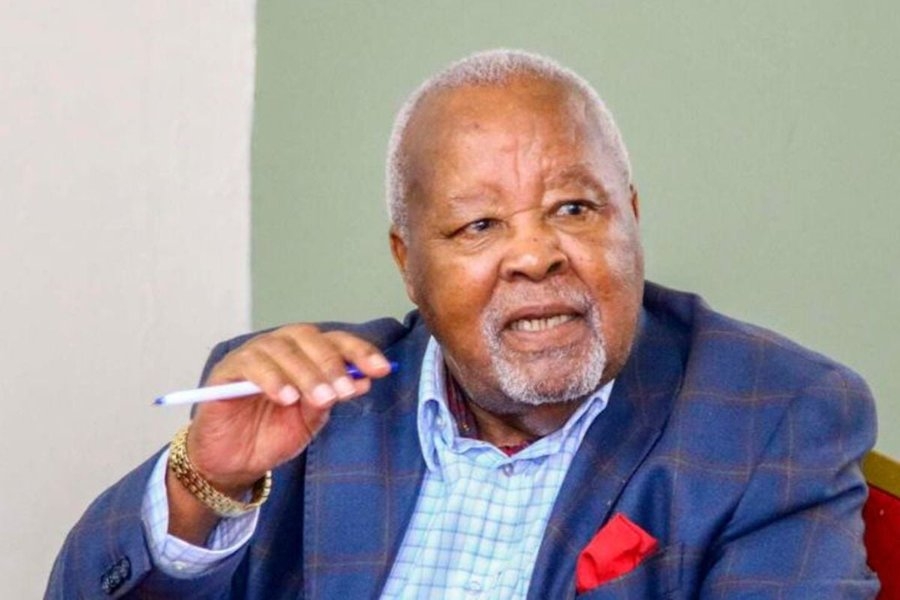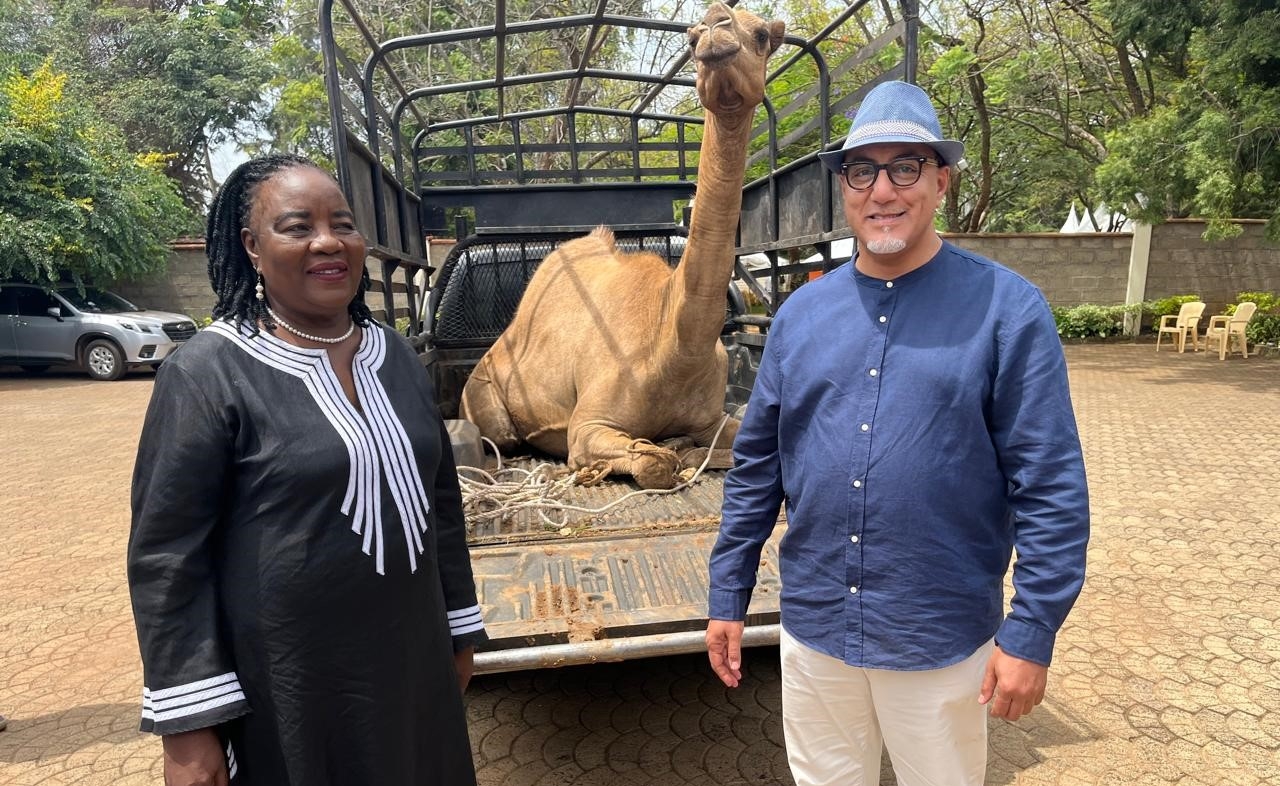Kenya is among 10 African countries that receive half of all the money sent to the continent to fight climate change.
The others are Egypt, Morocco, Nigeria, Ethiopia, South Africa, Mozambique, Cote d’Ivoire, Tunisia and Ghana, according to estimates presented at the ongoing Africa Climate Summit in Nairobi.
However, the Global Centre on Adaptation, a Netherlands-based climate lobby, said this money is not enough and needs to increase tenfold.
The 10 most climate-vulnerable countries (Guinea-Bissau, Sierra Leone, South Sudan, Nigeria, Democratic Republic of Congo, Ethiopia, Eritrea, Central African Republic, Chad, Senegal) only receive 18 per cent of Africa’s adaptation finance.
“The impacts of climate change are being felt around the world, but nowhere more acutely than in Africa,” GCA CEO Prof Patrick Verkooijen said, commenting on a new study the centre released in Nairobi.
GCA said climate adaptation finance flows to Africa must increase tenfold to over US$100 billion per year by 2035 to build resilience against the growing impacts of climate change.
Adaptation finance is money for actions that help communities reduce the risks they face and harm they might suffer from climate hazards like droughts. It pays for things like more drought-tolerant crops or livestock programmes.
Africa’s Nationally Determined Contributions (NDCs) currently estimate the continent requires US$52.7 billion a year for adaptation (or 2.5% of its GDP) but the GCA research reveals this is a vast underestimate as only half of the countries calculated costs for adaptation.
Without increased investment, it is estimated that the continent could lose out on as much as USD$6 trillion of economic benefits by 2035 as every $1 invested in adaptation has been shown to generate a return between USD$2 and USD$10.
“The actions we take now to increase adaptation finance flows to Africa are critical to the continent’s capacity to respond to climate impacts and transform climate adaptation into a growth agenda for the continent,” GCA said in a statement.
The underestimates financial needs for Africa were also prepared at a time when climate impacts were not projected to occur as quickly or as strongly as they are.
A separate study by Oxfam showed, rich nations paid less than five per cent of the $53.3 billion East Africa needs to confront the climate crisis.
Kenya, Ethiopia, Somalia and South Sudan have incurred $7.4 billion of livestock losses alone as a result of climate change, Oxfam said.
Despite being largely responsible for the worsening climate crisis in East Africa, rich nations paid Kenya, Ethiopia, Somalia and South Sudan just $2.4 billion in climate-related development finance in 2021, in stark contrast to the $53.3 billion East Africa says it needs annually to meet its 2030 climate goals.
Kenya's Ministry of Environment says the country needs $40 billion of new investment for the next 10 years (2020 - 2030) to implement priority climate mitigation and adaptation actions.
Experts blamed the high cost of capital in Africa. Private investors in Africa charge high premiums due to the perceived risks, with the continent paying five times more to borrow from financial markets than advanced economies.
Nairobi-based African Wildlife Foundation said such poor financing models are informed by global economic models that have failed to quantify and cost all benefits and services offered by biodiversity.
“The increasing gaps in climate and biodiversity financing affirm Africa’s missed opportunity to drive sustainable development. Globally, the estimated gap for adaptation in developing countries is expected to rise to $340 billion a year by 2030 and up to $565 billion by 2050, while the mitigation gap is $850 billion a year by 2030,” said Kwame Kumah, senior vice president for Global Leadership at African Wildlife Foundation.
The poor state of climate funding, Kumah said, has led to unequal exploitation of Africa’s natural resources by the rest of the world, sidelining and disenfranchising communities living within the ecosystems where such resources exist.
“While there are no comprehensive studies around the true economic value of Africa’s natural assets, in 2028, Africa’s measured natural capital was estimated to be $6.2 trillion with its mineral and fossil fuel resources respectively estimated at $290 billion and $1.05 trillion,” Kumah said.



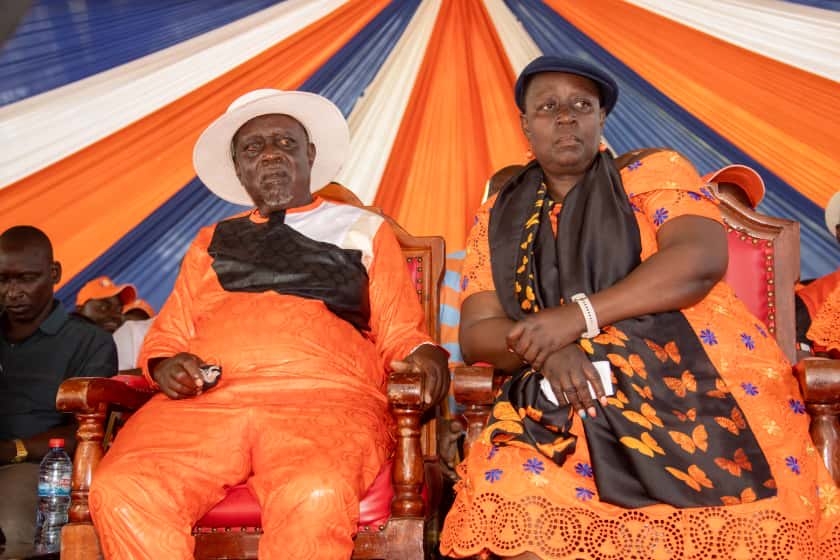
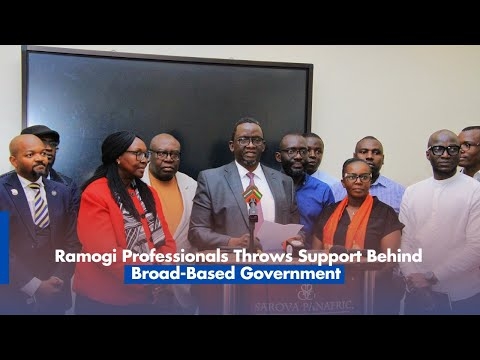
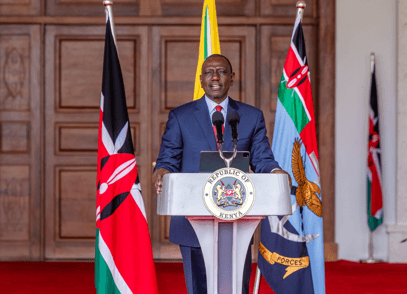
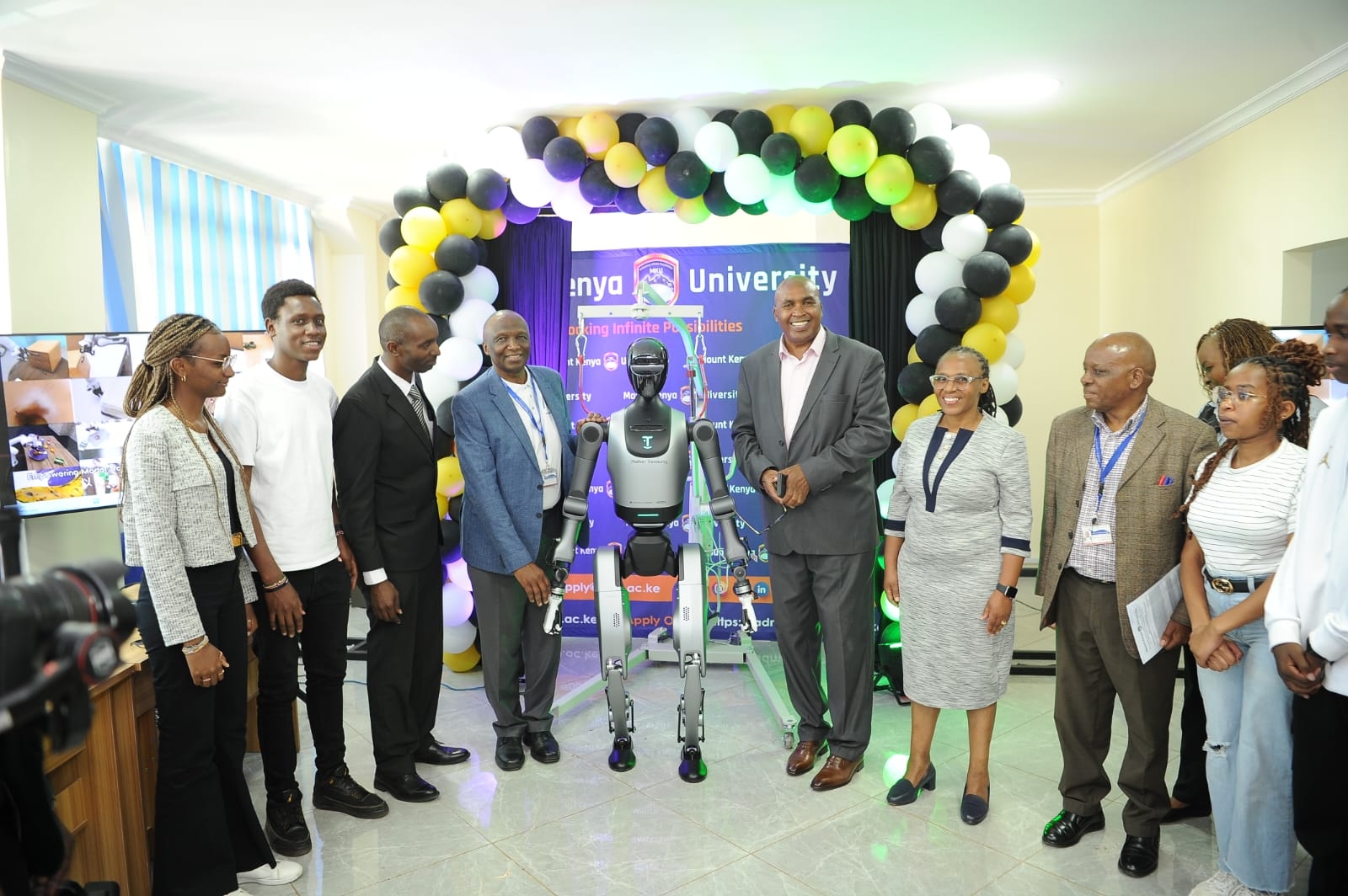


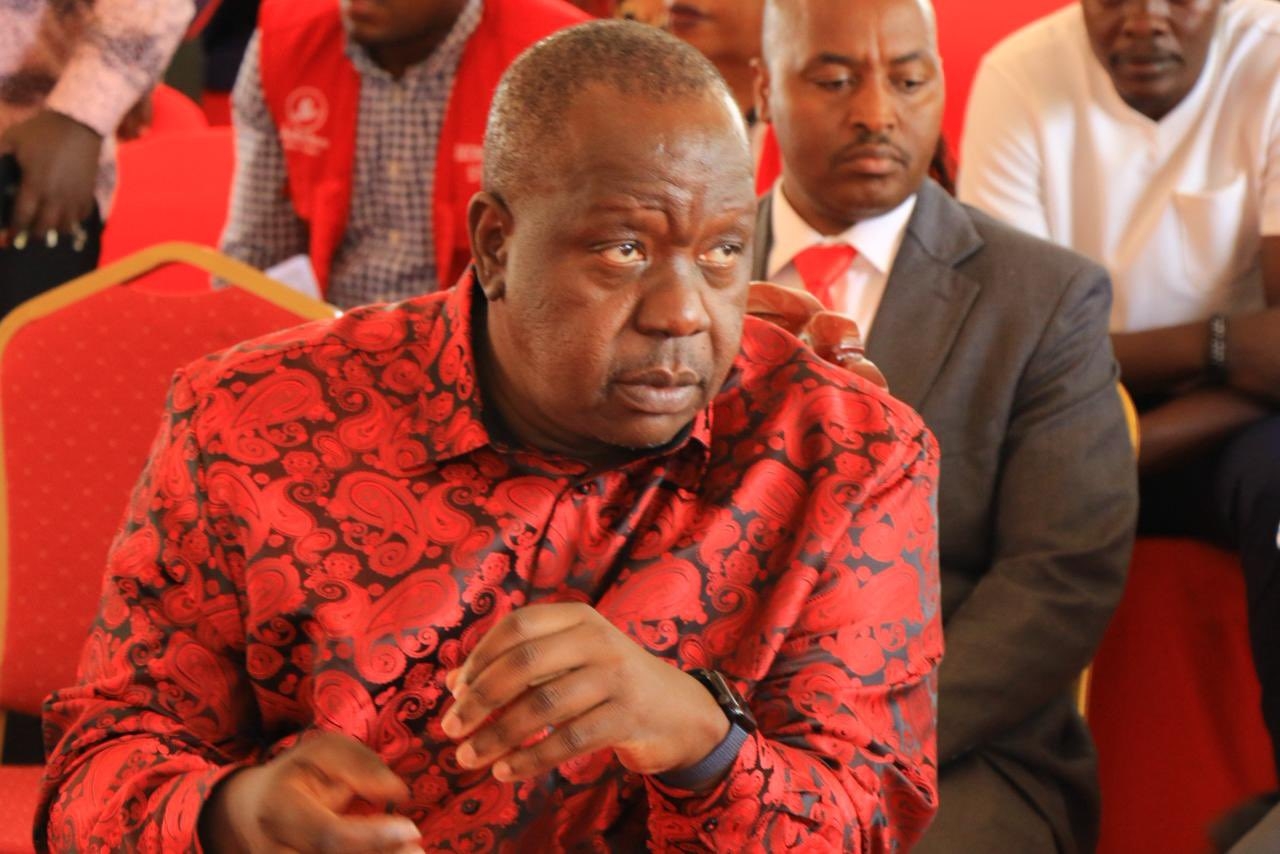
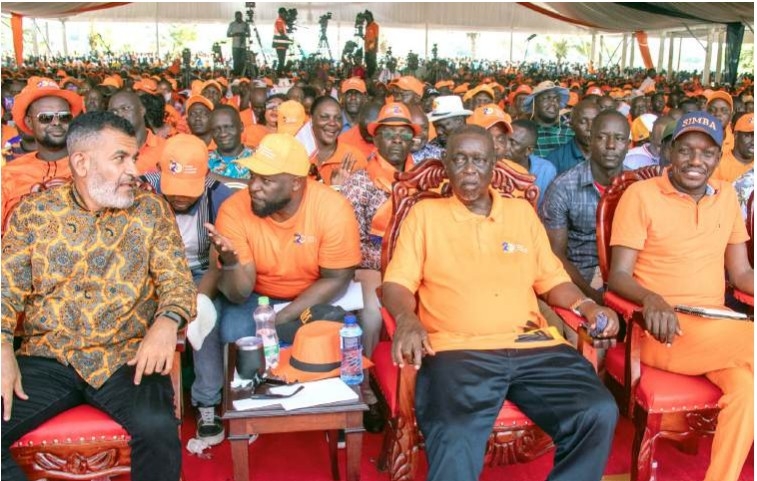

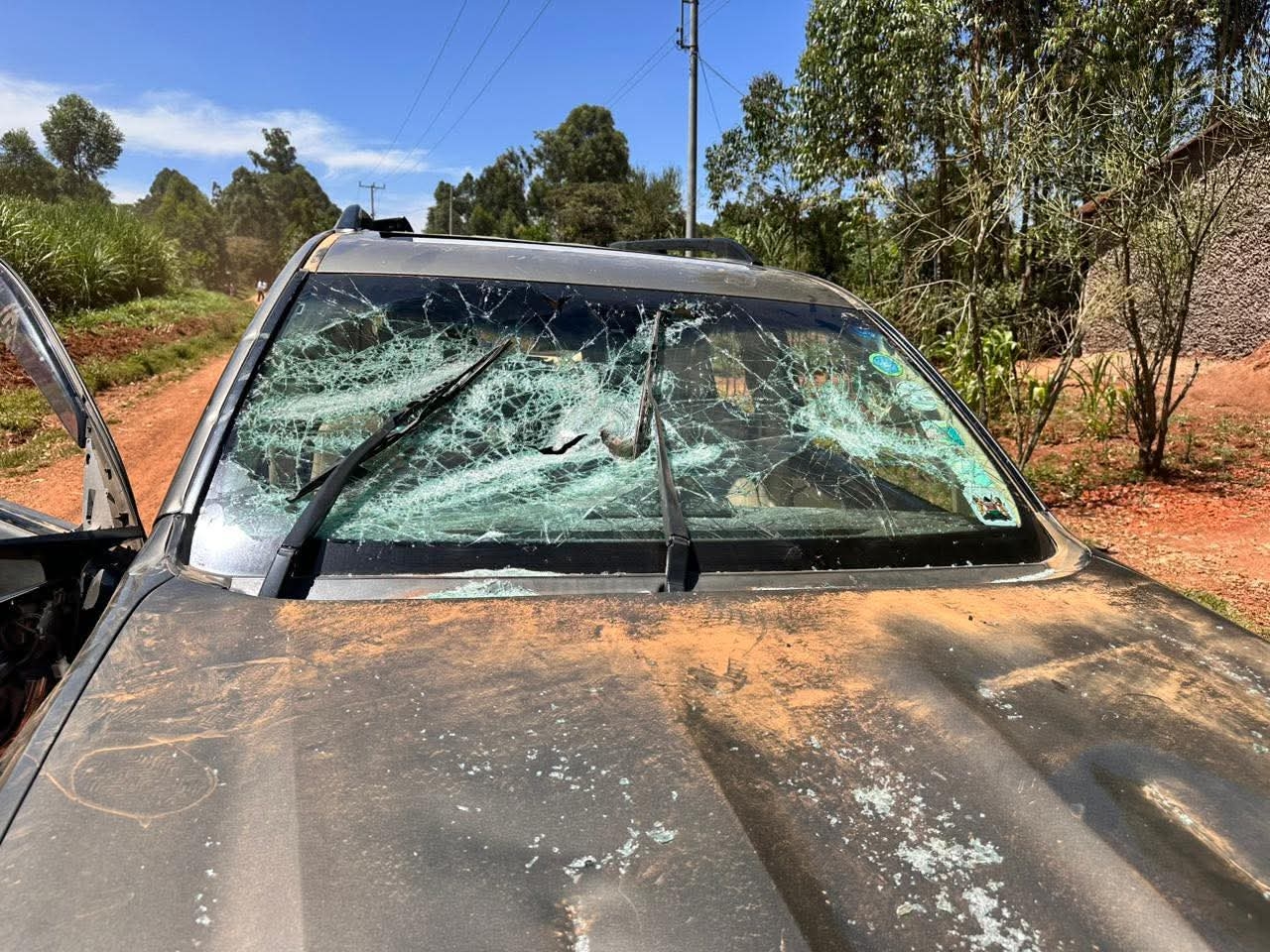
![[PHOTOS] Ole Ntutu’s son weds in stylish red-themed wedding](/_next/image?url=https%3A%2F%2Fcdn.radioafrica.digital%2Fimage%2F2025%2F11%2Ff0a5154e-67fd-4594-9d5d-6196bf96ed79.jpeg&w=3840&q=100)
